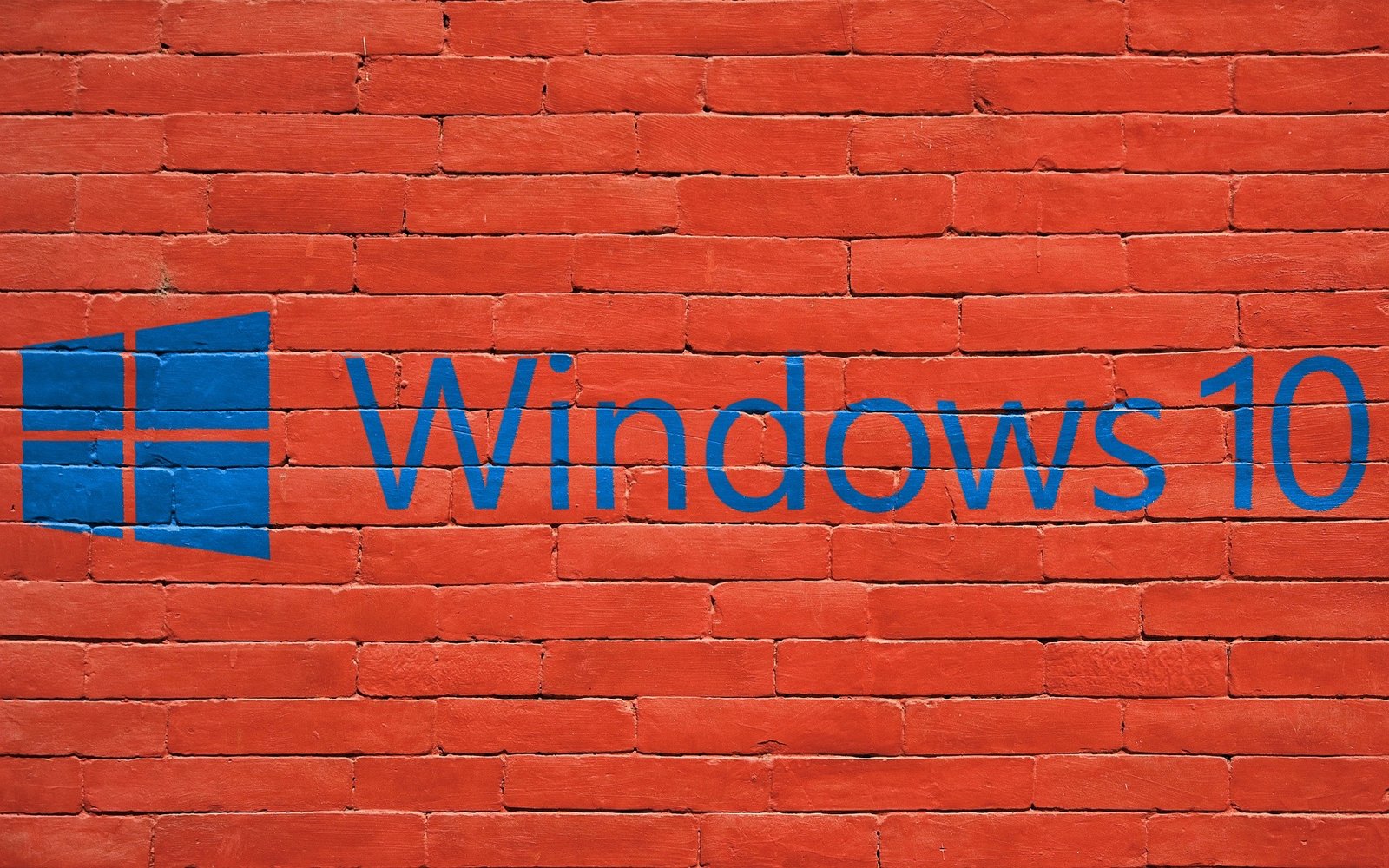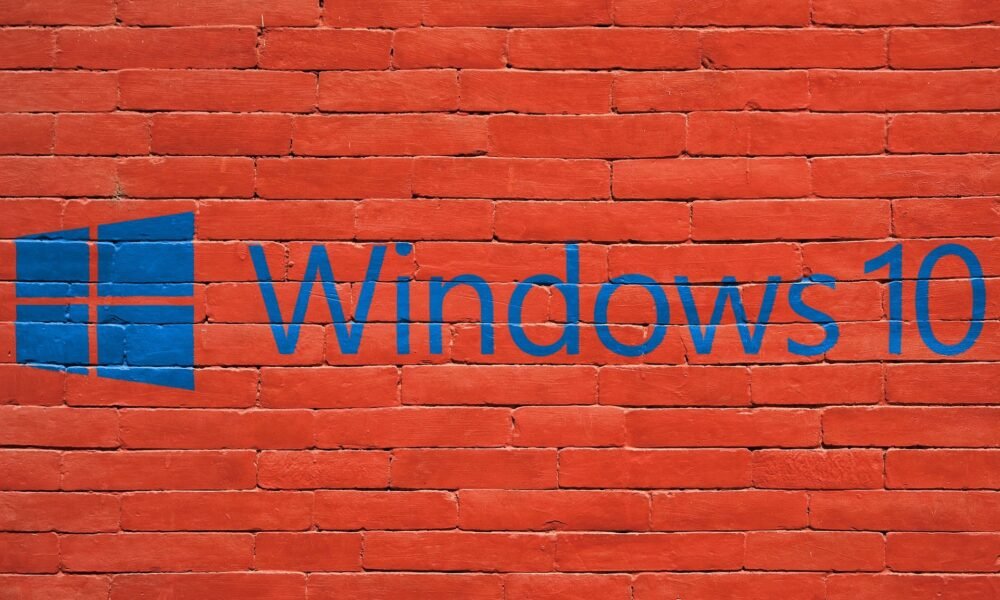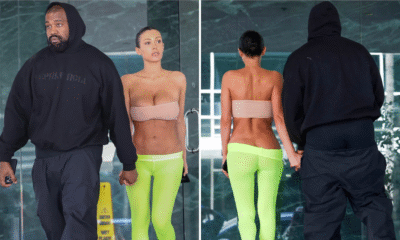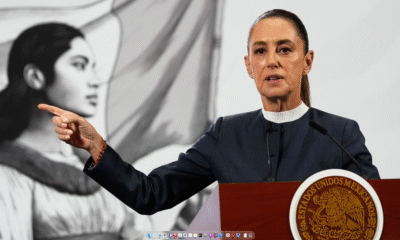News
Microsoft Ends Free Support for Windows 10: What It Means for Millions of Users Worldwide
The countdown is over — Microsoft will officially end free support for Windows 10 on October 14, 2025, marking the end of an era for one of the world’s most popular operating systems. With nearly 40% of Windows users still running Windows 10, the move leaves hundreds of millions facing a tough choice: upgrade, pay for protection, or risk cyberattacks.
What Happens After October 14
After Tuesday, Microsoft will stop providing free software updates, security patches, and technical assistance for Windows 10. While devices will continue to function, they will become increasingly vulnerable as new bugs and malware threats emerge.
The company is urging users to upgrade to Windows 11, which it claims offers “heightened security by default.” According to Microsoft, most PCs under four years old will support the newer system — provided they meet requirements like 4GB RAM, 64GB storage, and the critical TPM 2.0 security chip.
However, millions of users — especially those with older computers — won’t meet the specifications, sparking frustration and fears of forced obsolescence.
Windows 10 support ends on October 14, 2025.
365 days to go. pic.twitter.com/z370TxC0Ix
— Windows Latest (@WindowsLatest) October 13, 2024
Cybersecurity and Consumer Concerns
Experts warn that sticking with Windows 10 could expose users to data theft, ransomware, and identity fraud.
“Criminals are going to target people, exploit weaknesses, and steal data,” said Lisa Barber, editor of Which? Tech Magazine.
Consumer groups like Which? and PIRG have criticized Microsoft’s move, warning that the decision could lead to unnecessary electronic waste and force millions to spend on new devices.
“People are tired of living in a world filled with short-lived devices we can’t fix,” said Nathan Proctor, senior director at PIRG. “We deserve tech that lasts.”
Your Options: Upgrade, Extend, or Switch
Upgrade to Windows 11 (Free):
If your computer is compatible, upgrading is the safest and simplest option. Microsoft offers a free PC Health Check Tool to test your system’s eligibility.
Buy Extended Security Updates (ESU):
Users can purchase a one-year ESU plan, which offers security updates until October 2026.
Free for users with Microsoft accounts who sync settings.
$30 per year (or 1,000 Microsoft Reward points) for others.
Businesses will pay $61 per device.
Install Linux or ChromeOS Flex:
For older PCs that can’t handle Windows 11, Linux distributions like Ubuntu or ChromeOS Flex offer free, secure alternatives. Both systems run efficiently on older hardware and come with regular security updates.
View this post on Instagram
Buy or Trade-In a New PC:
If upgrading isn’t possible, buying a new Windows 11-certified machine may be the only long-term solution. Major retailers like Dell, Currys, and Back Market offer trade-in and refurbished options to cut costs and reduce e-waste.
The end of Windows 10 support signals more than a technical transition — it’s a global turning point for digital security and sustainability. Whether users upgrade, pay for updates, or switch systems, doing nothing is no longer an option.
As cyberattacks rise and support ends, one thing is clear: October 14, 2025, marks the actual sunset of Windows 10.
























































